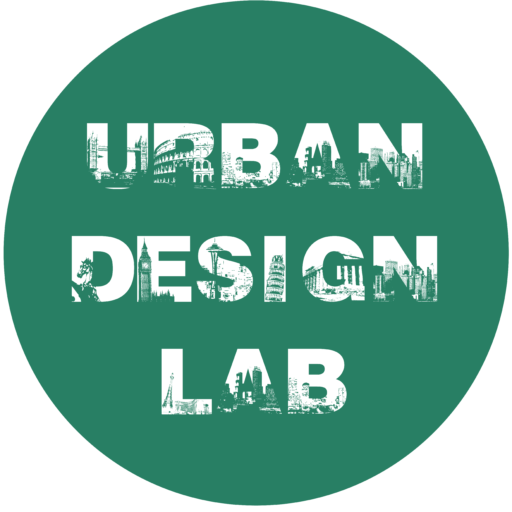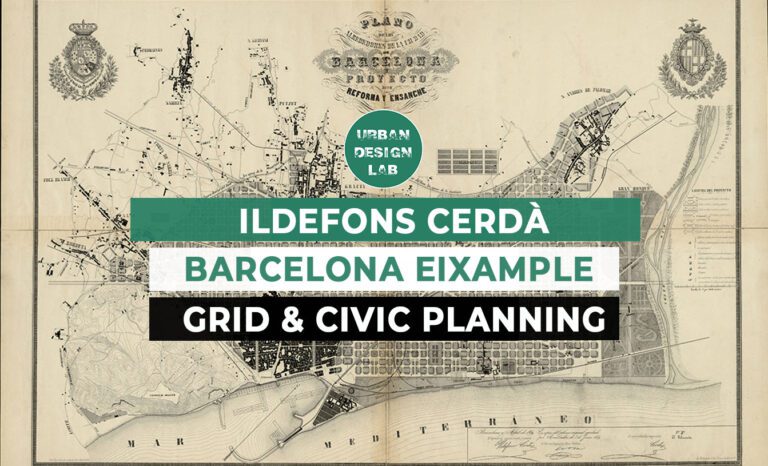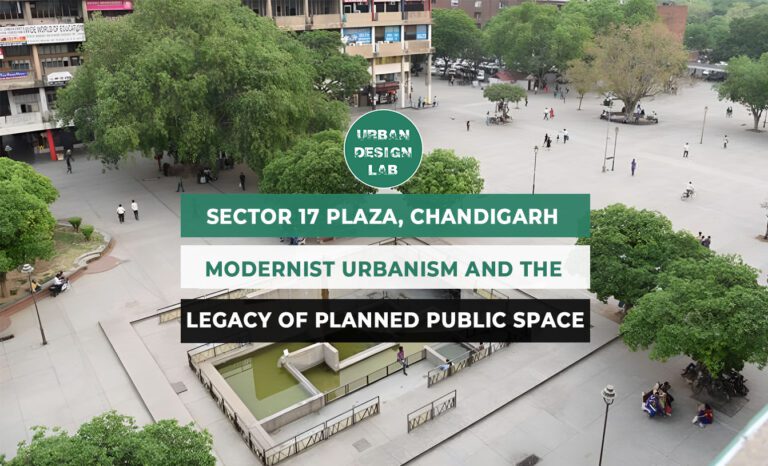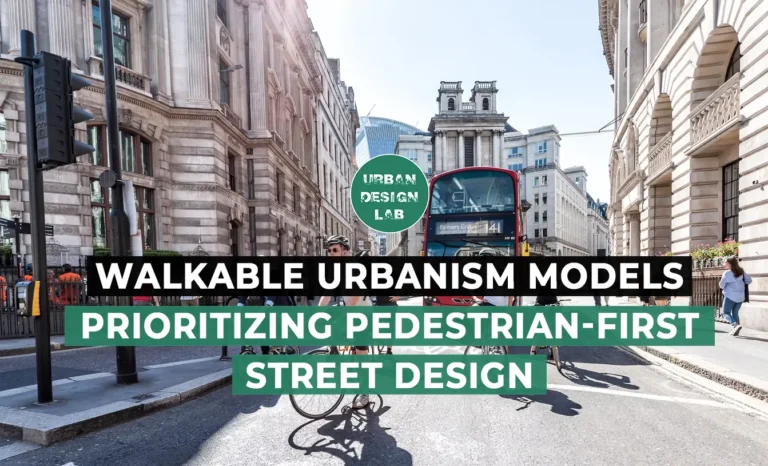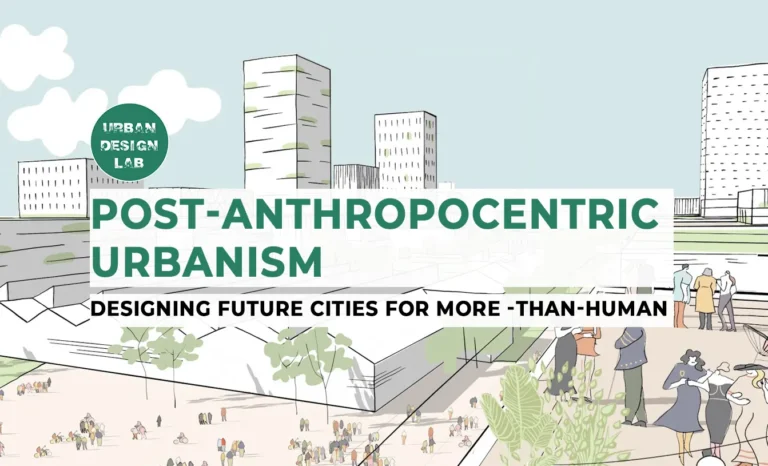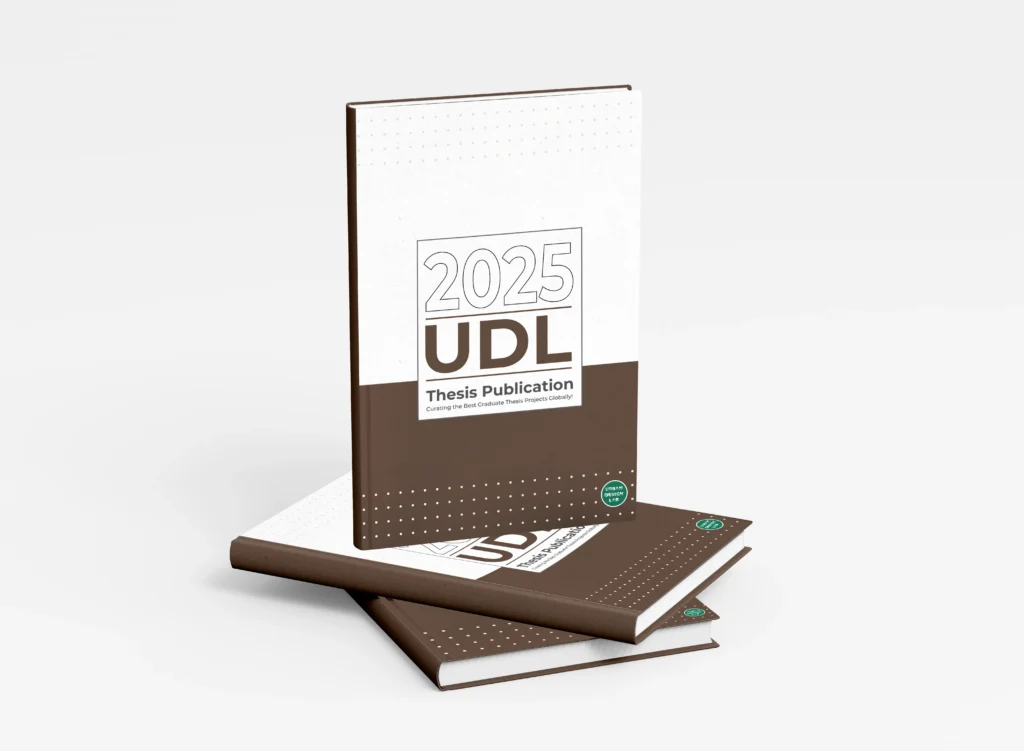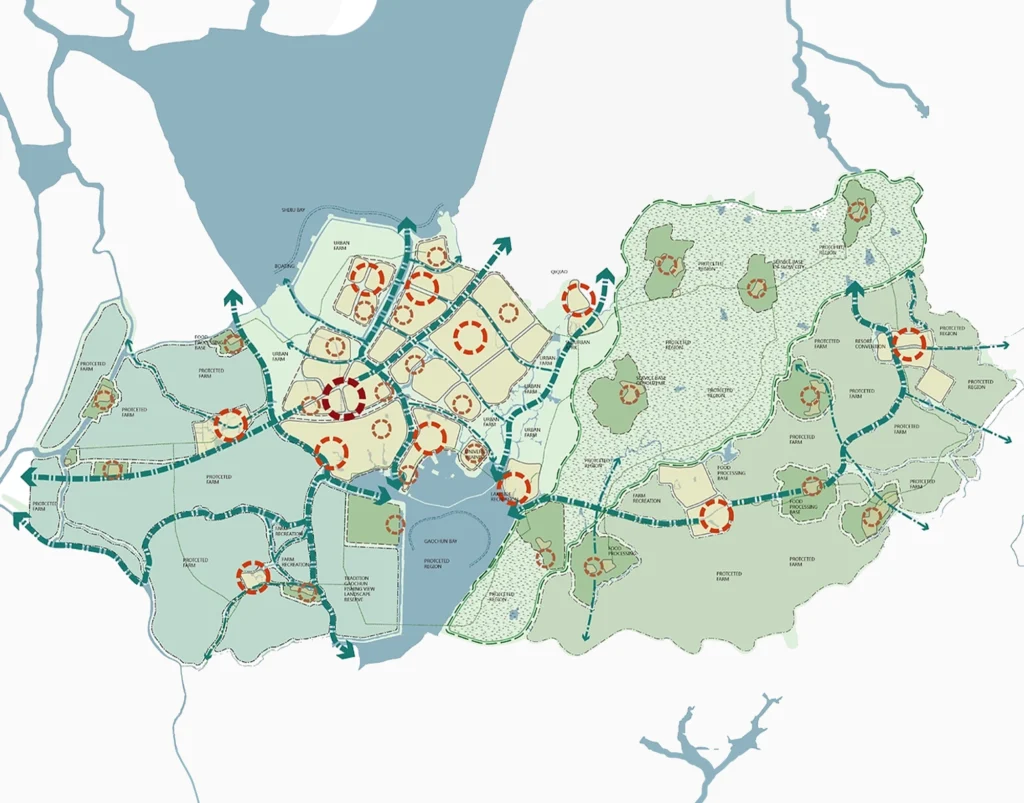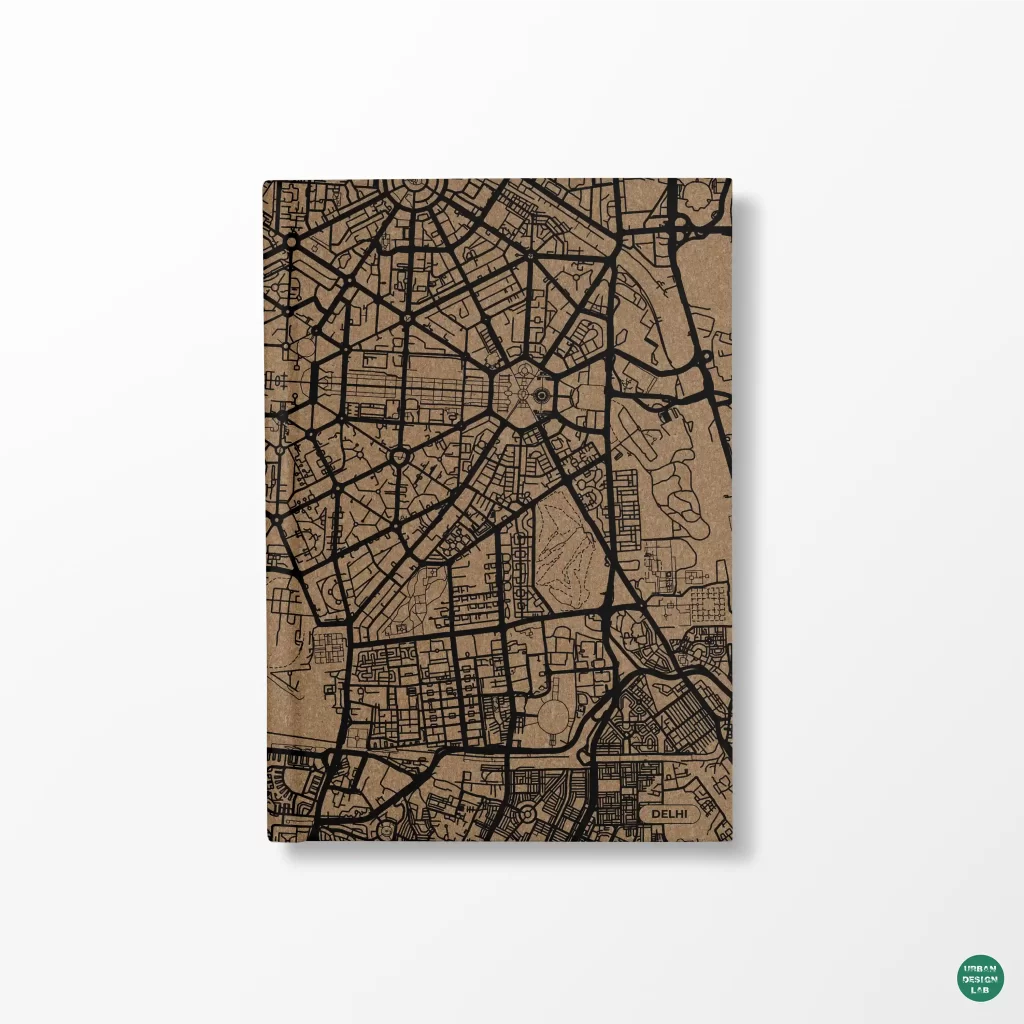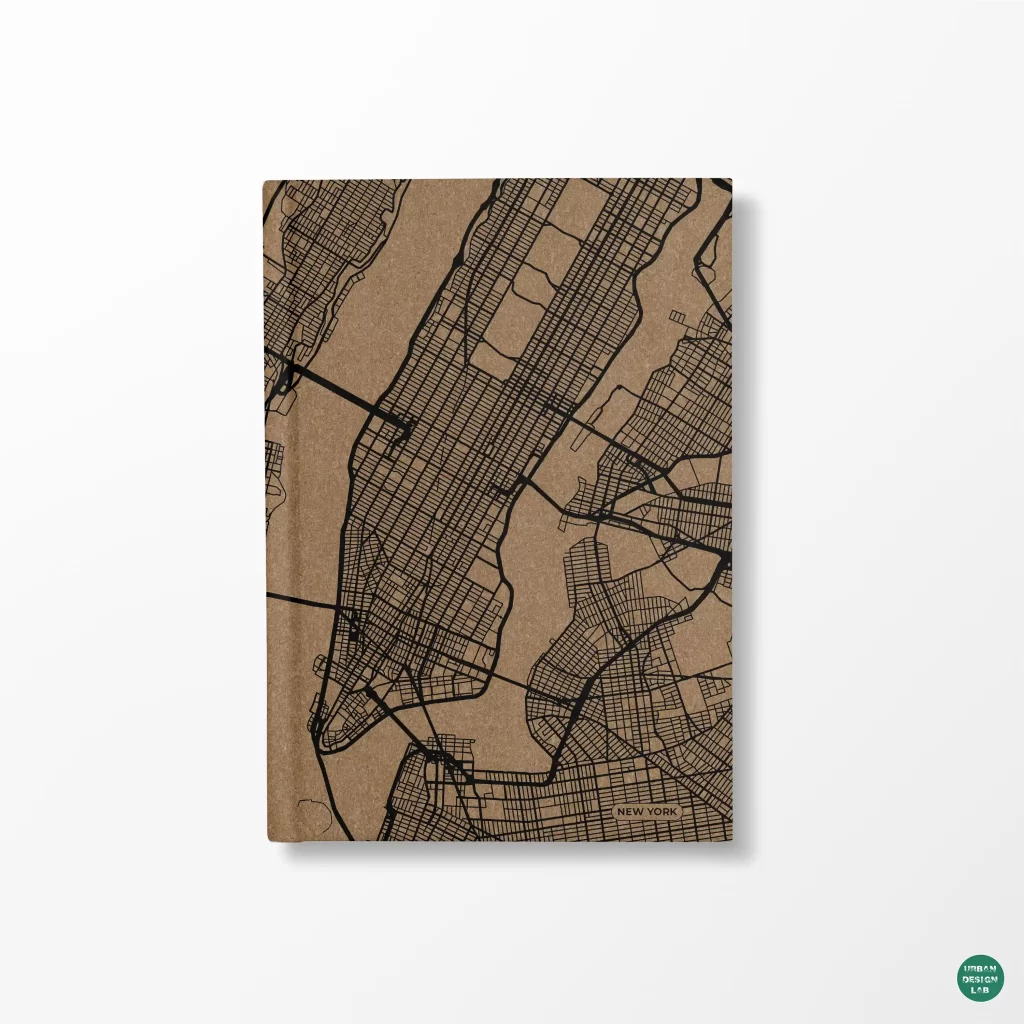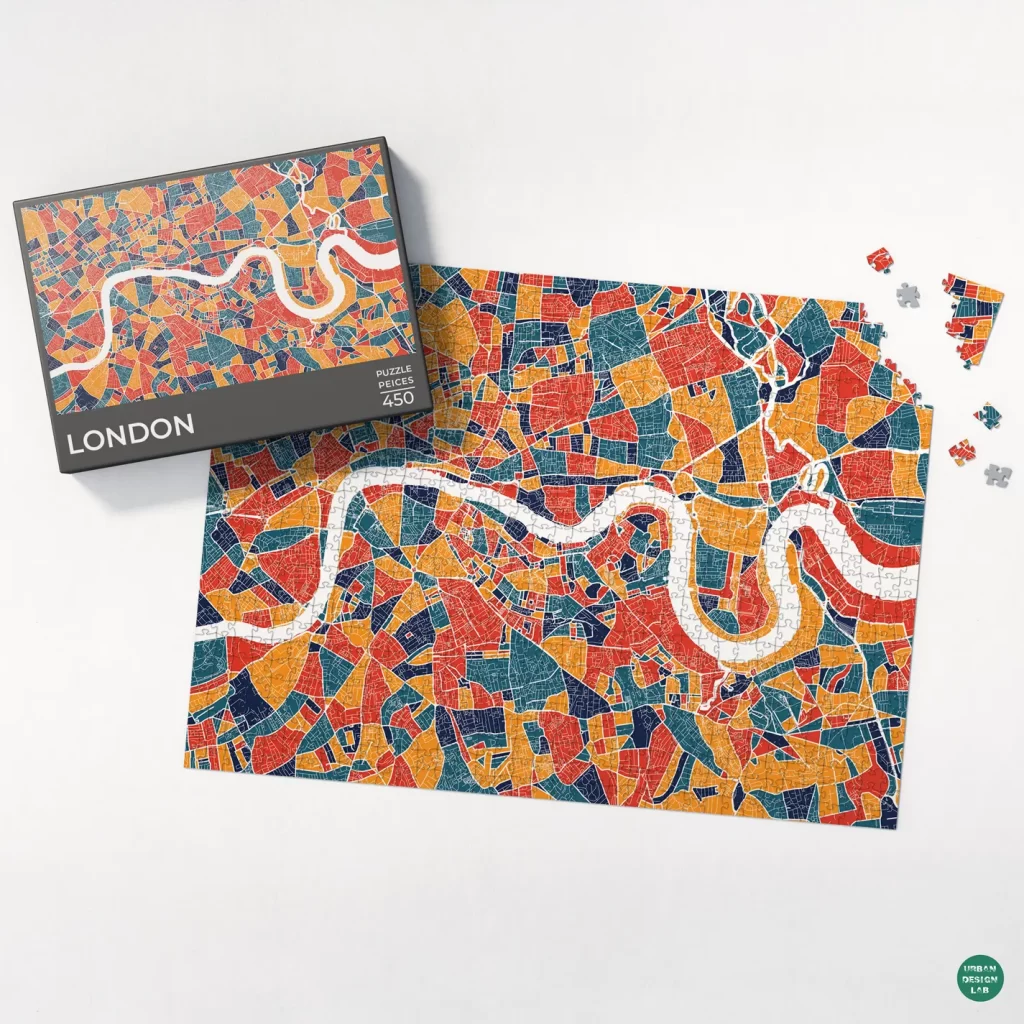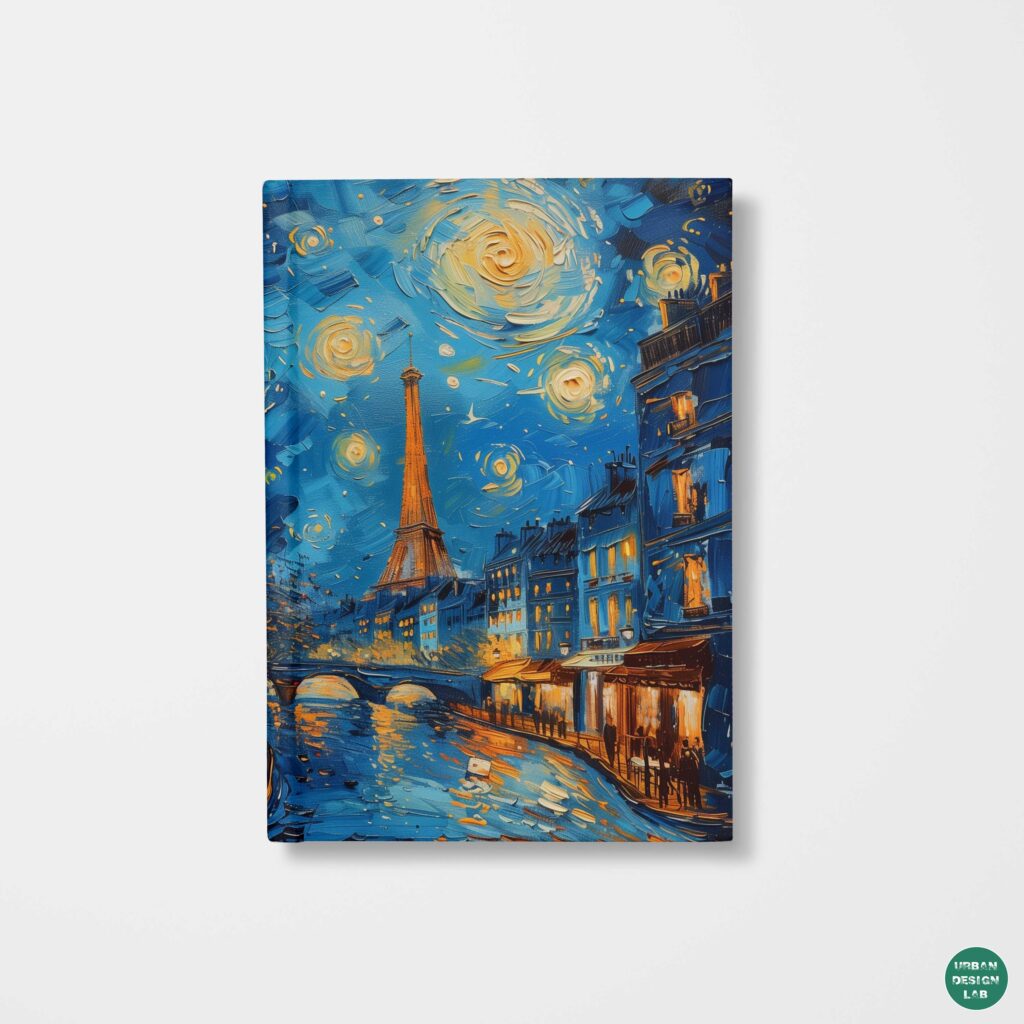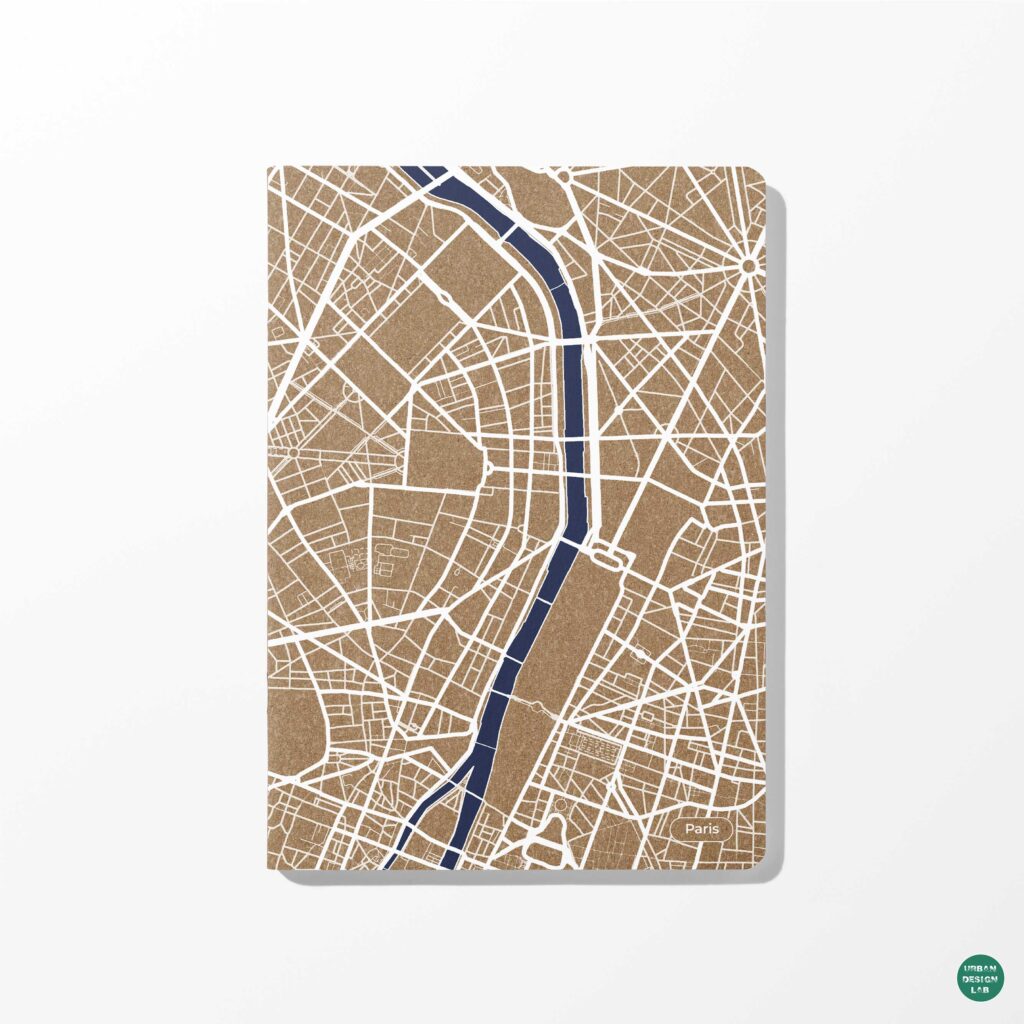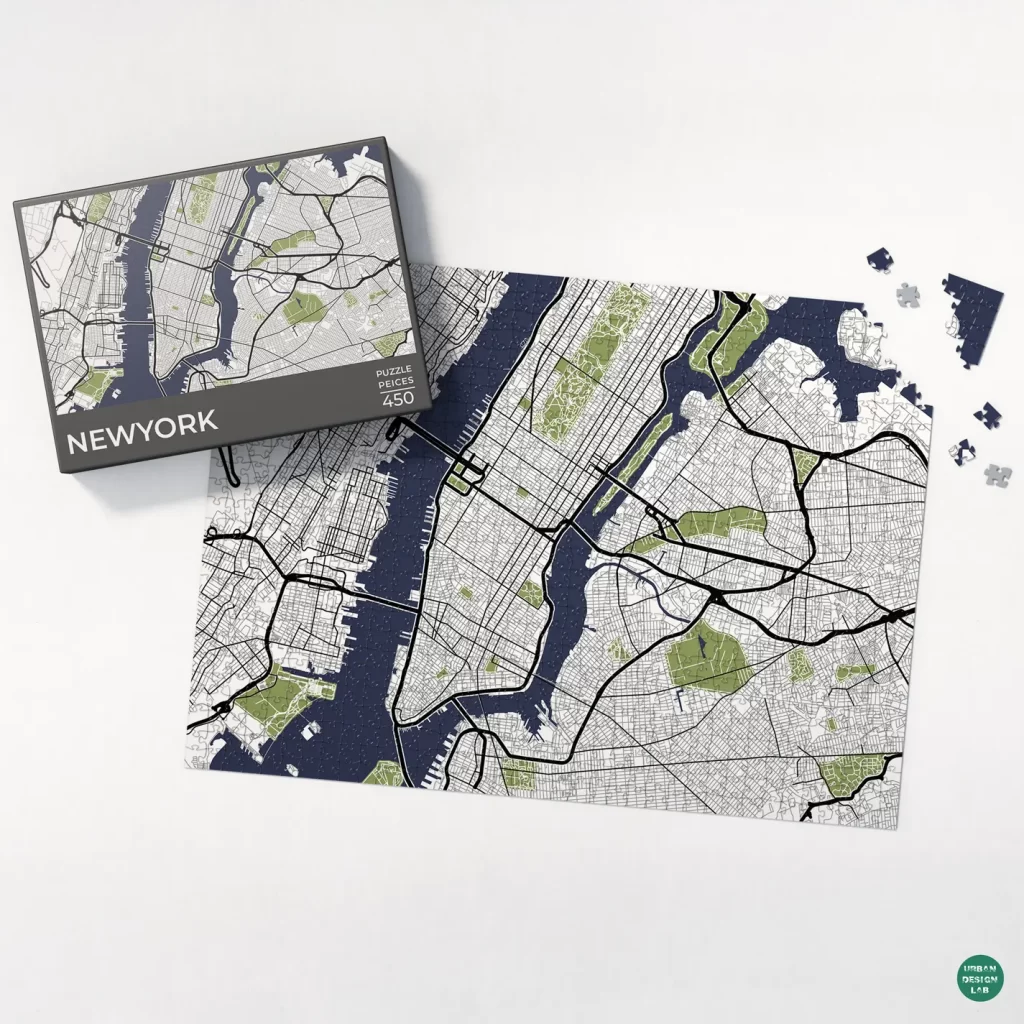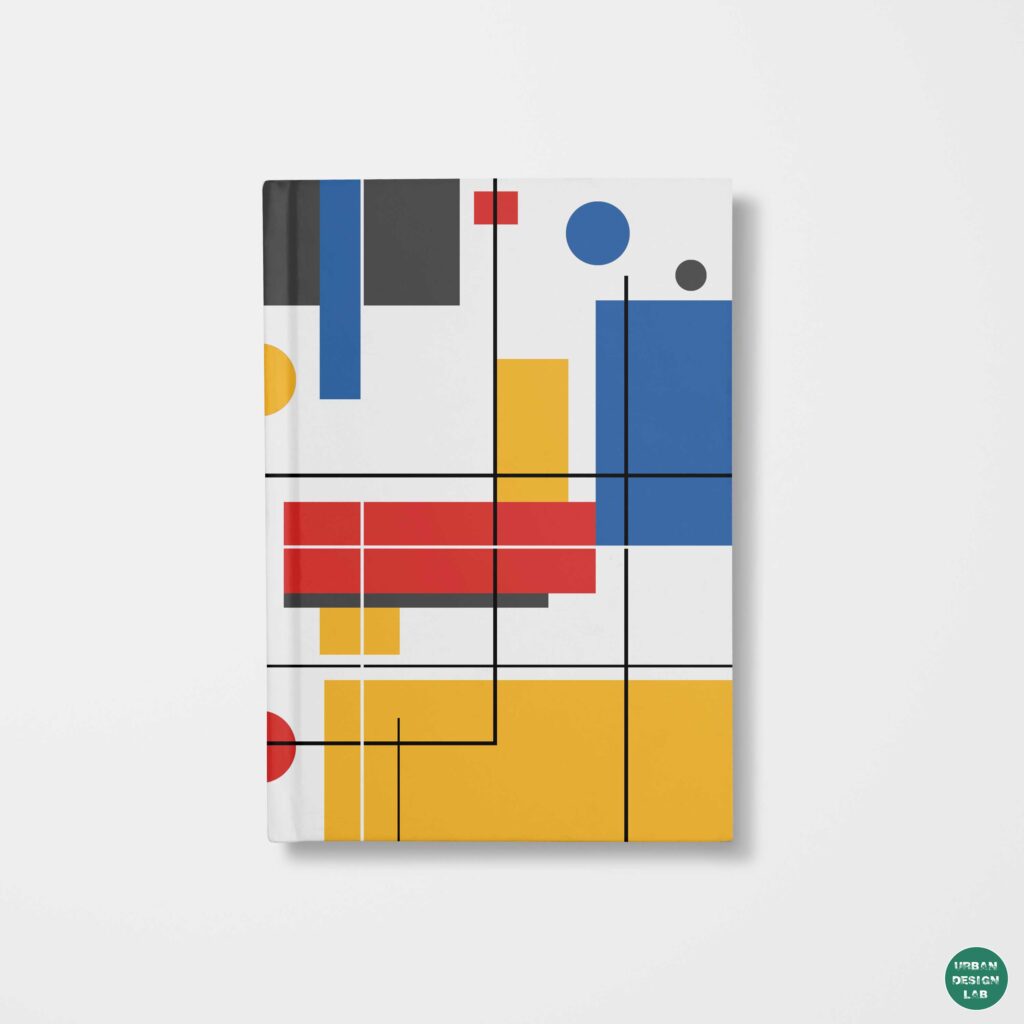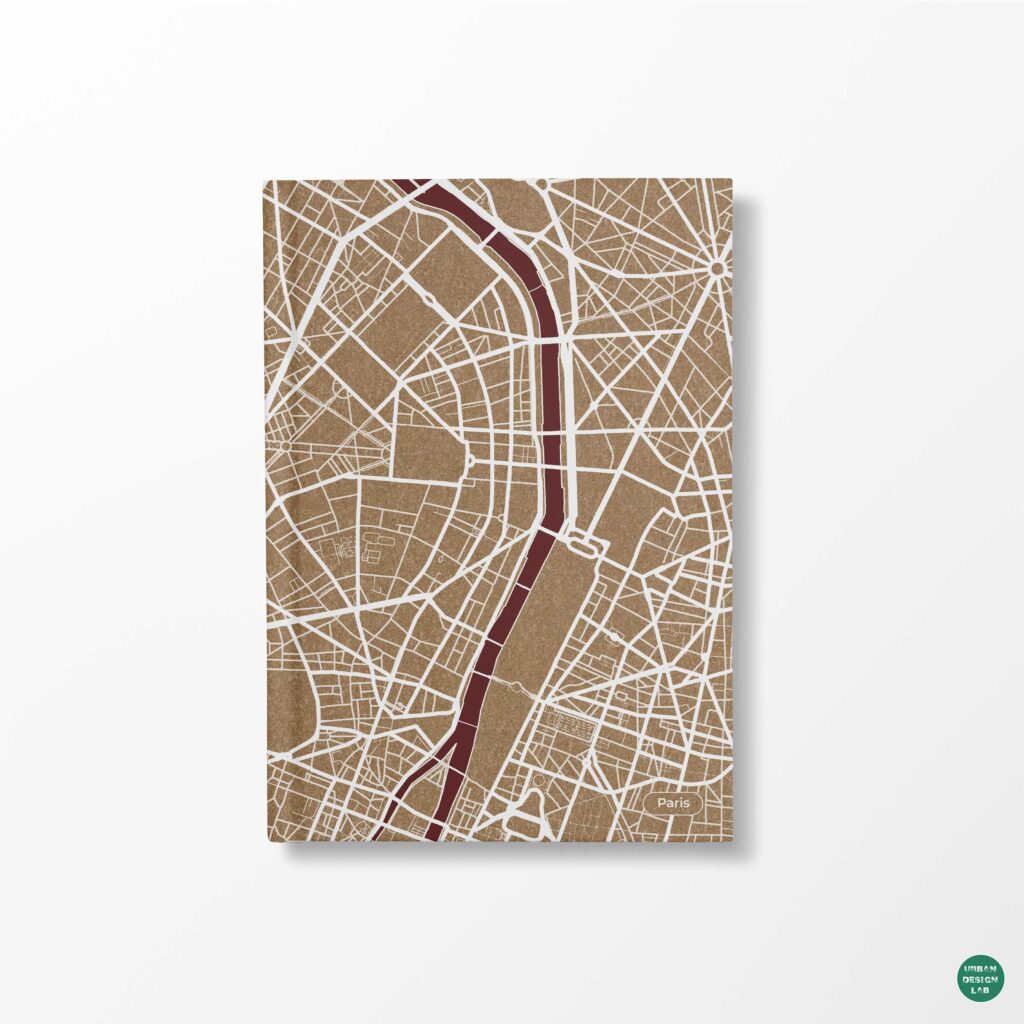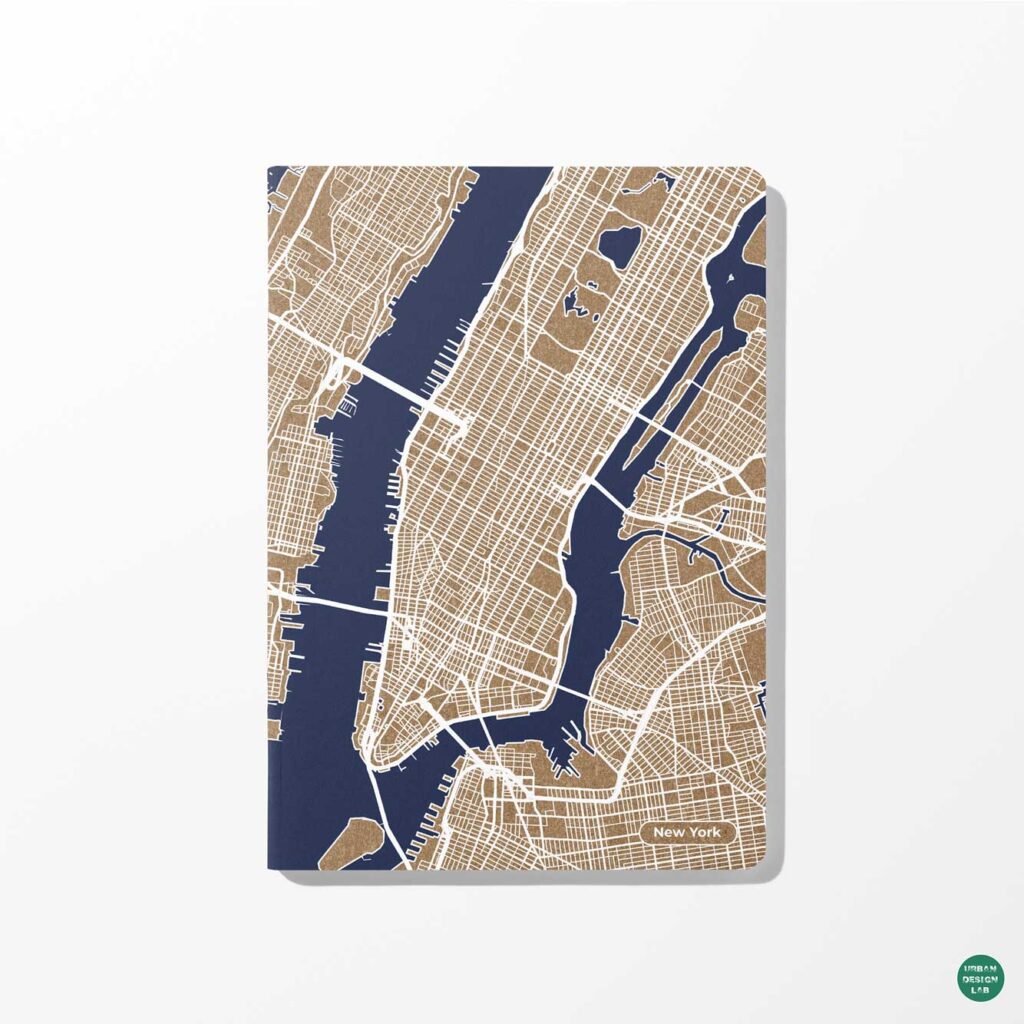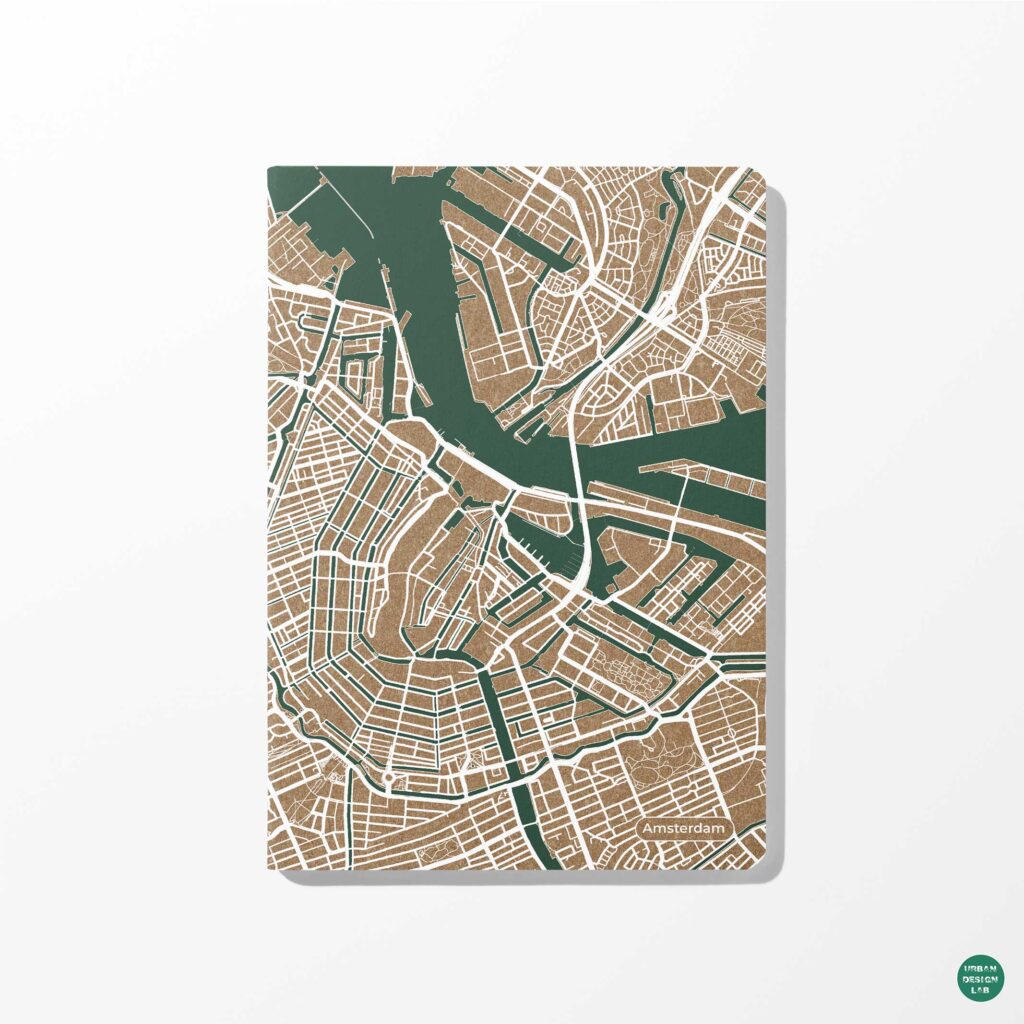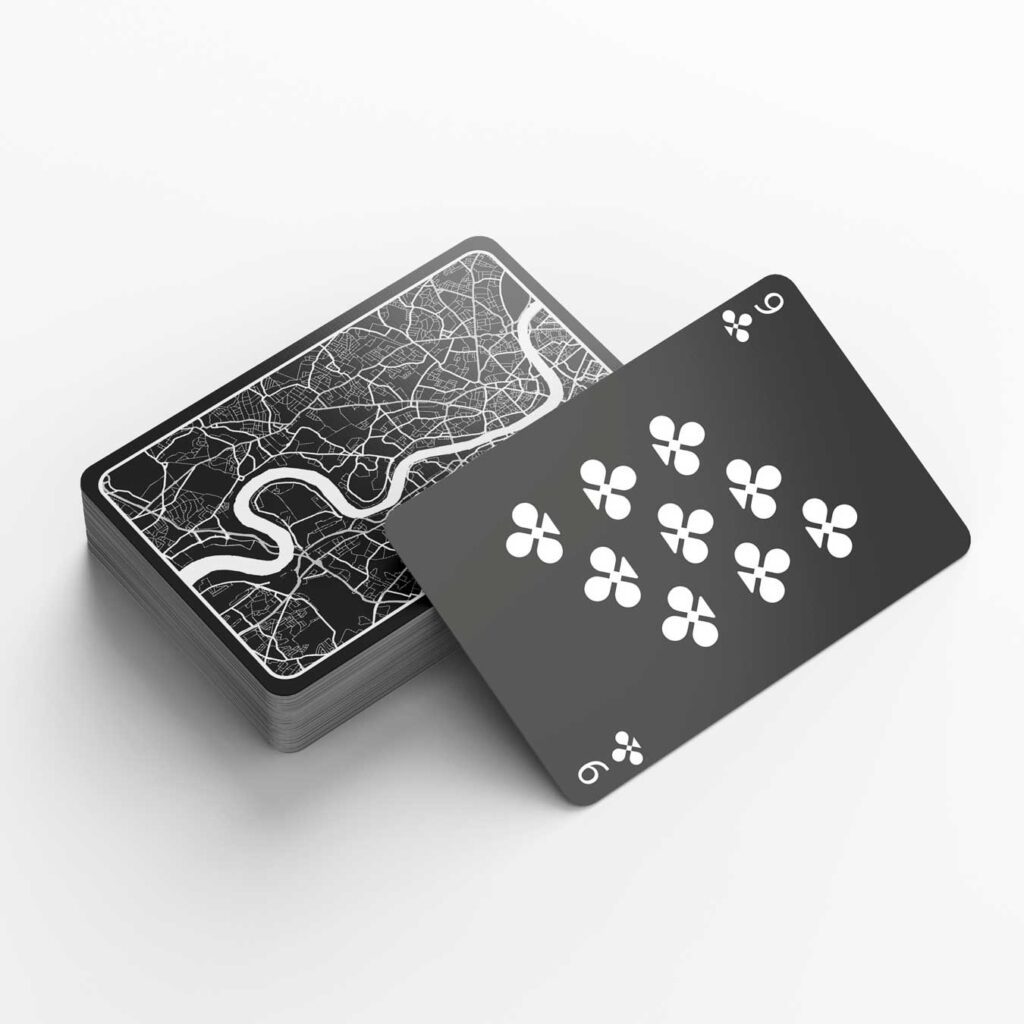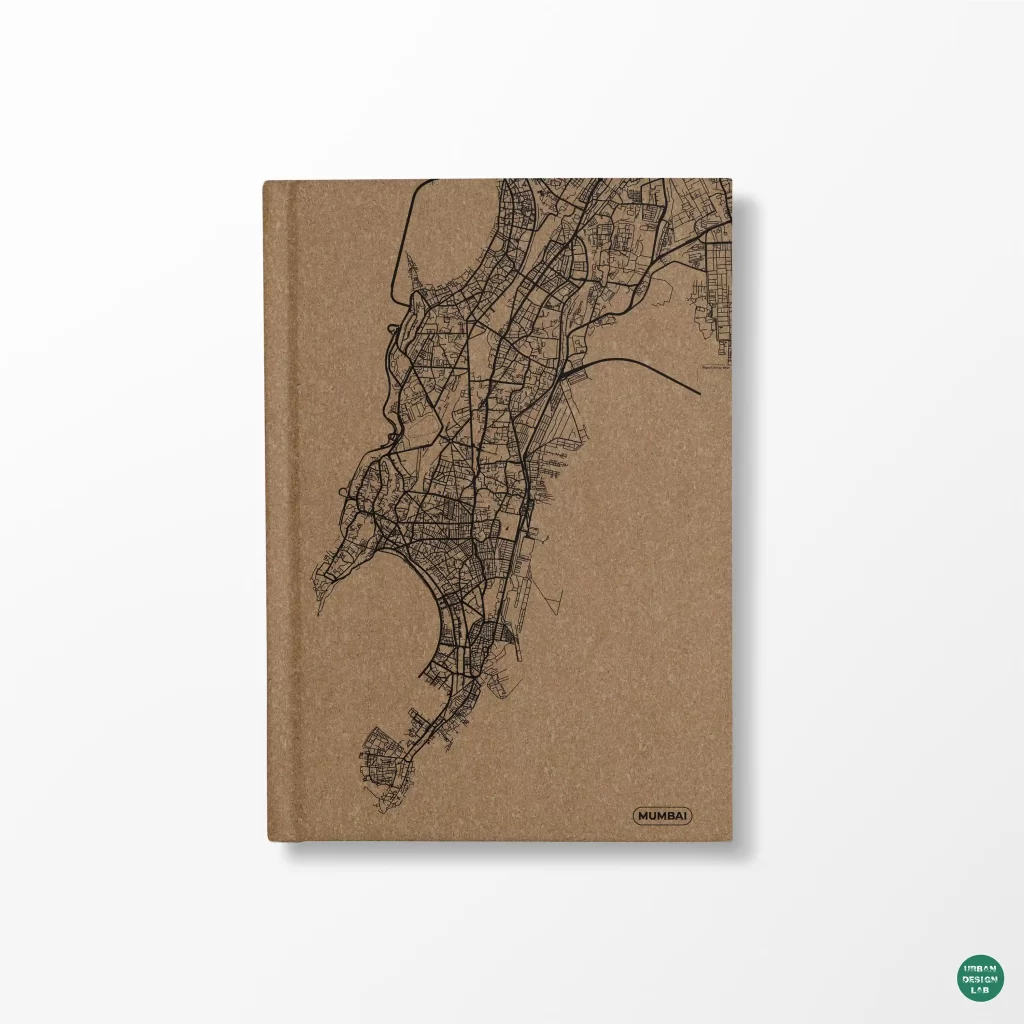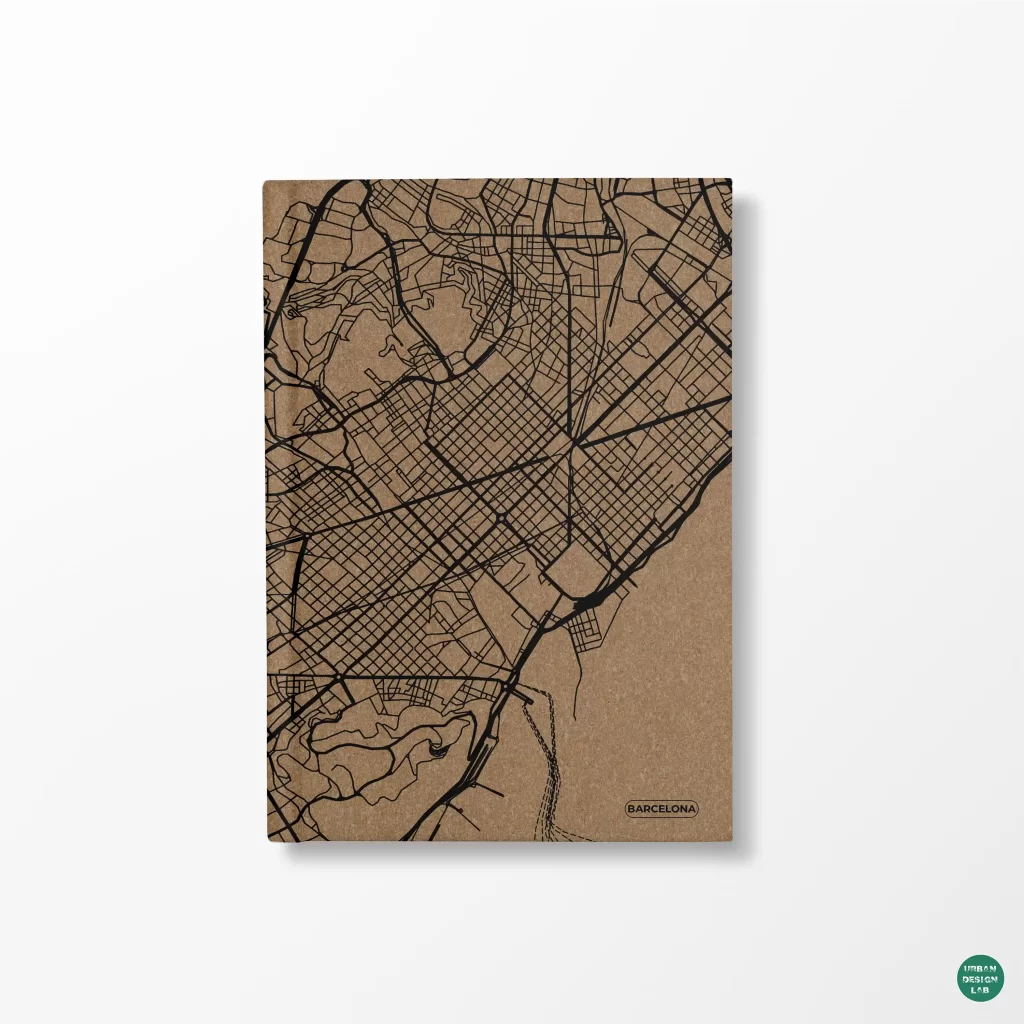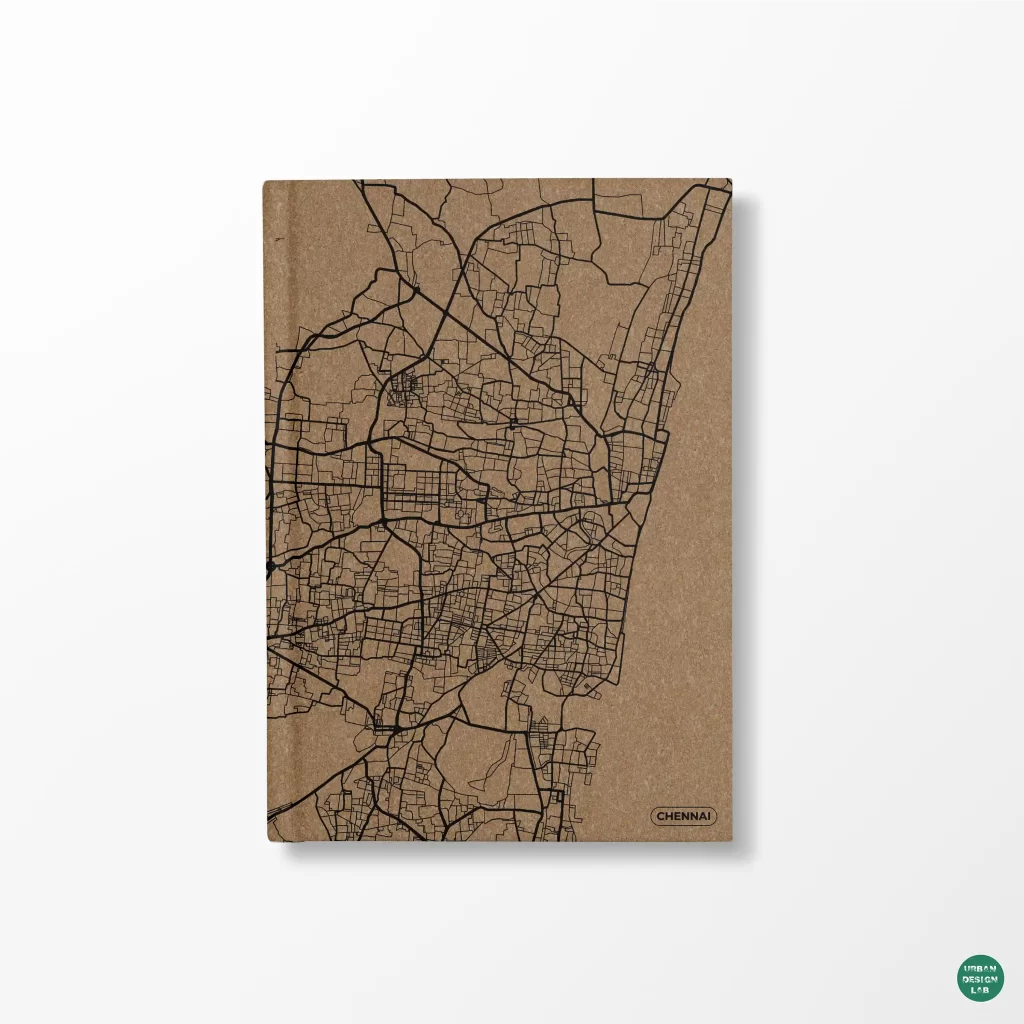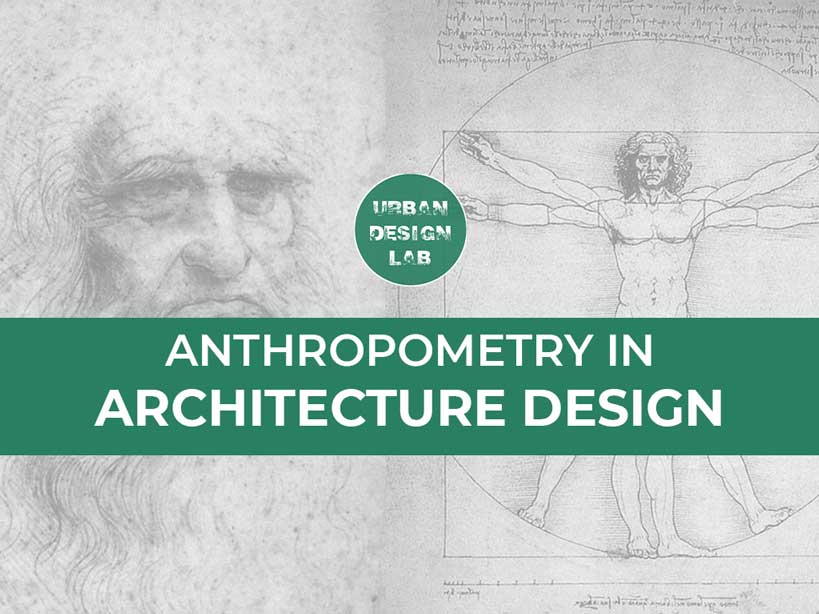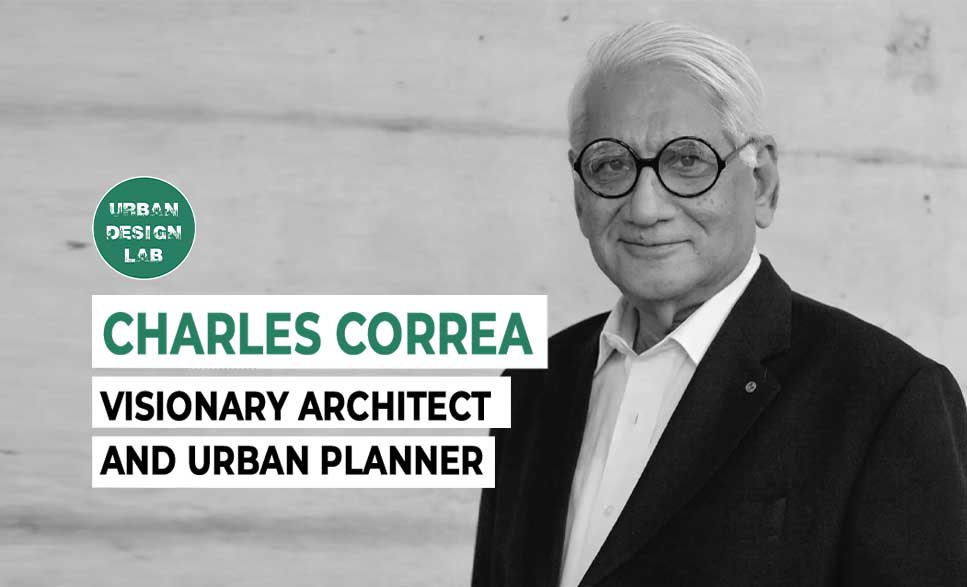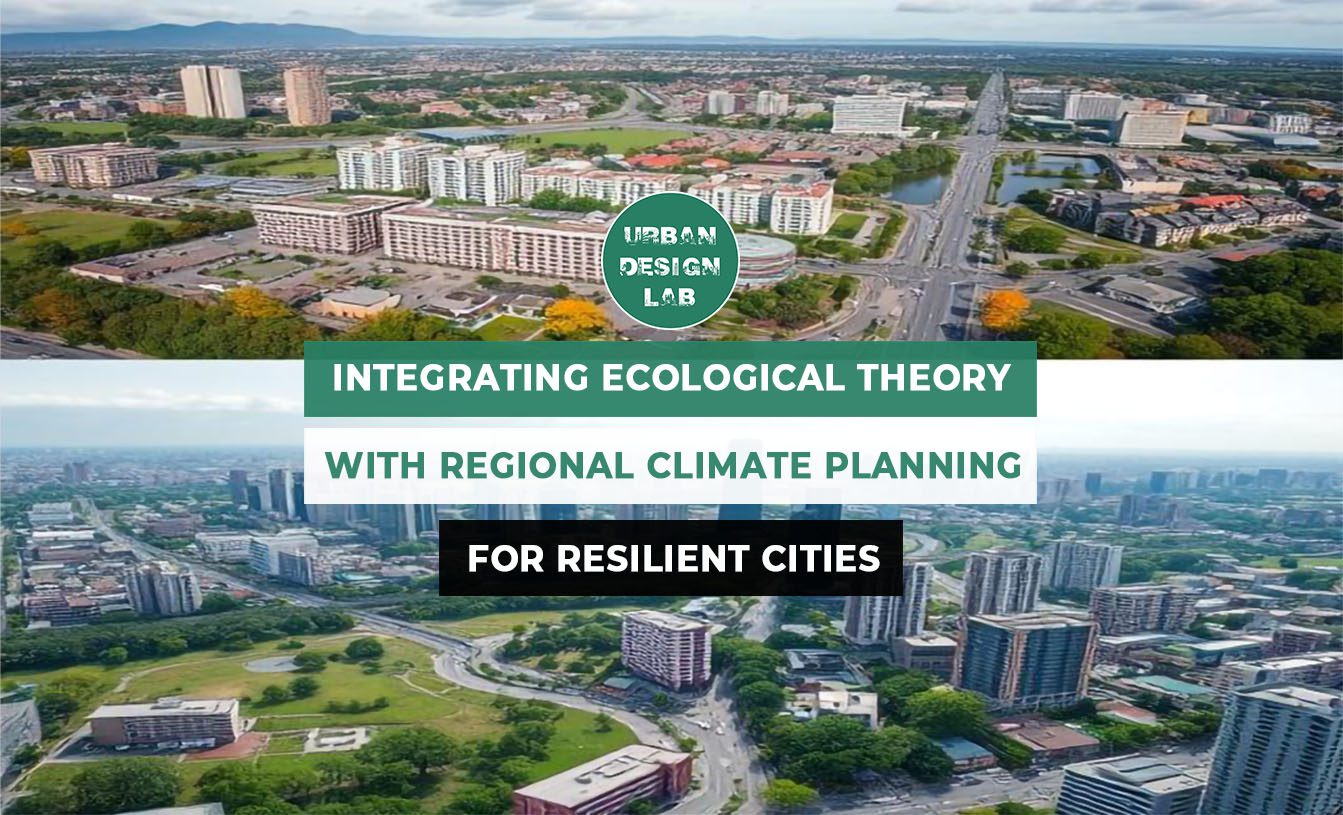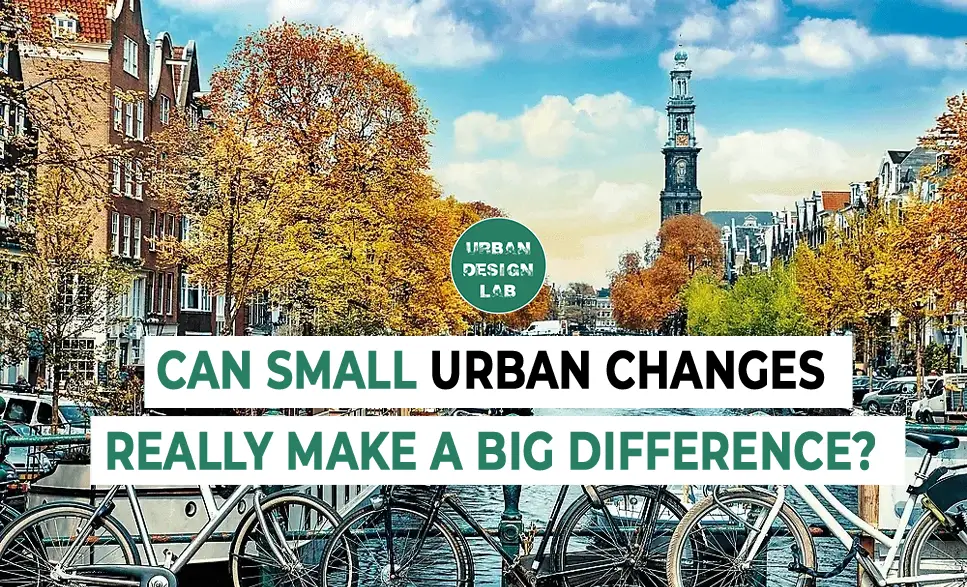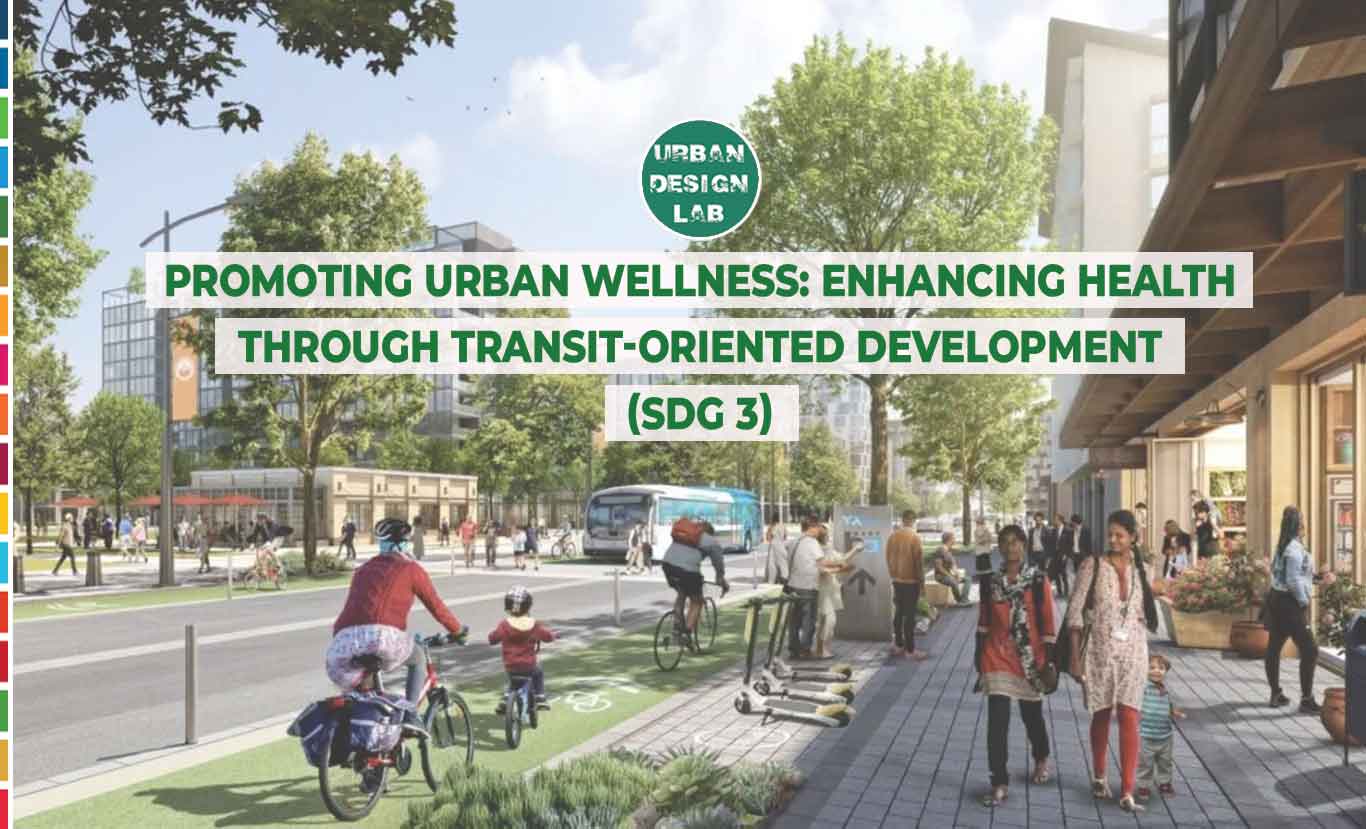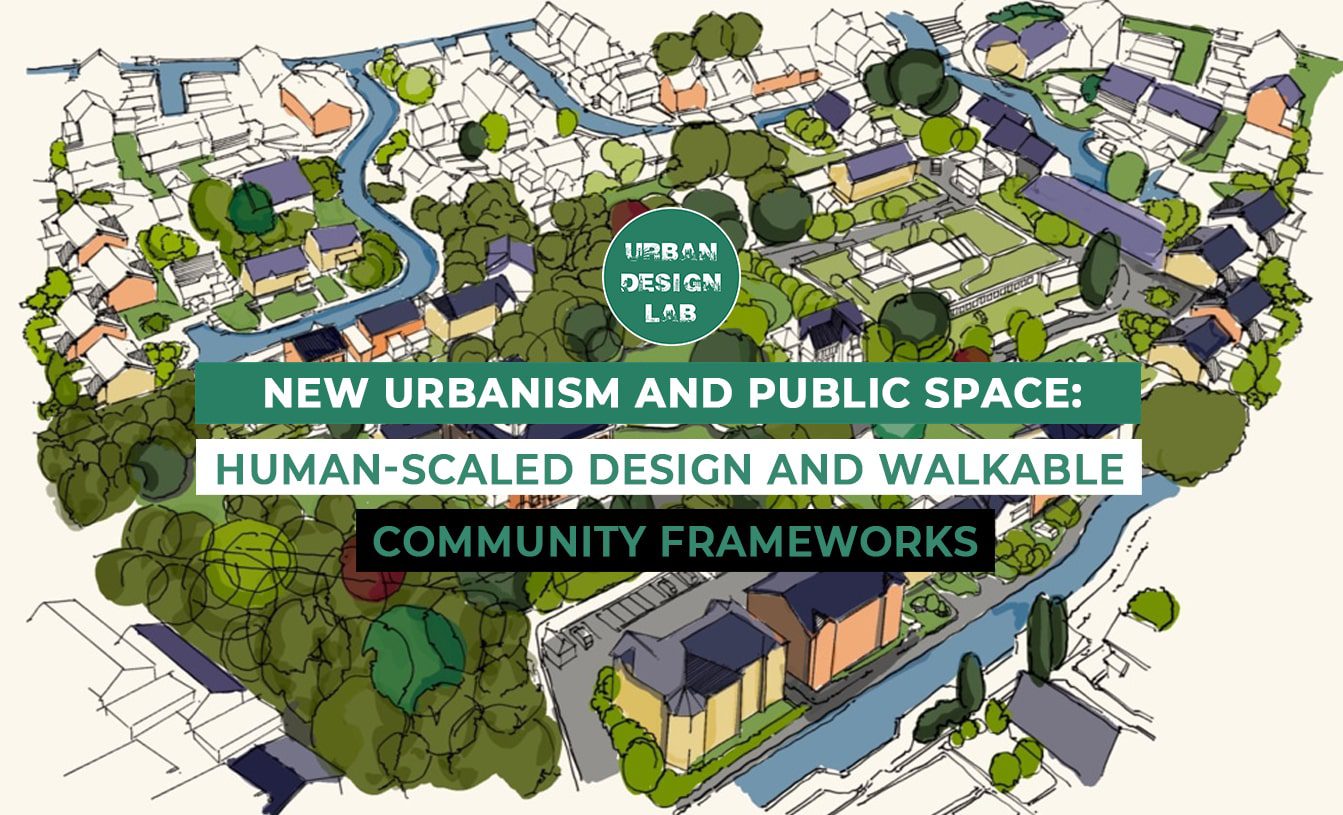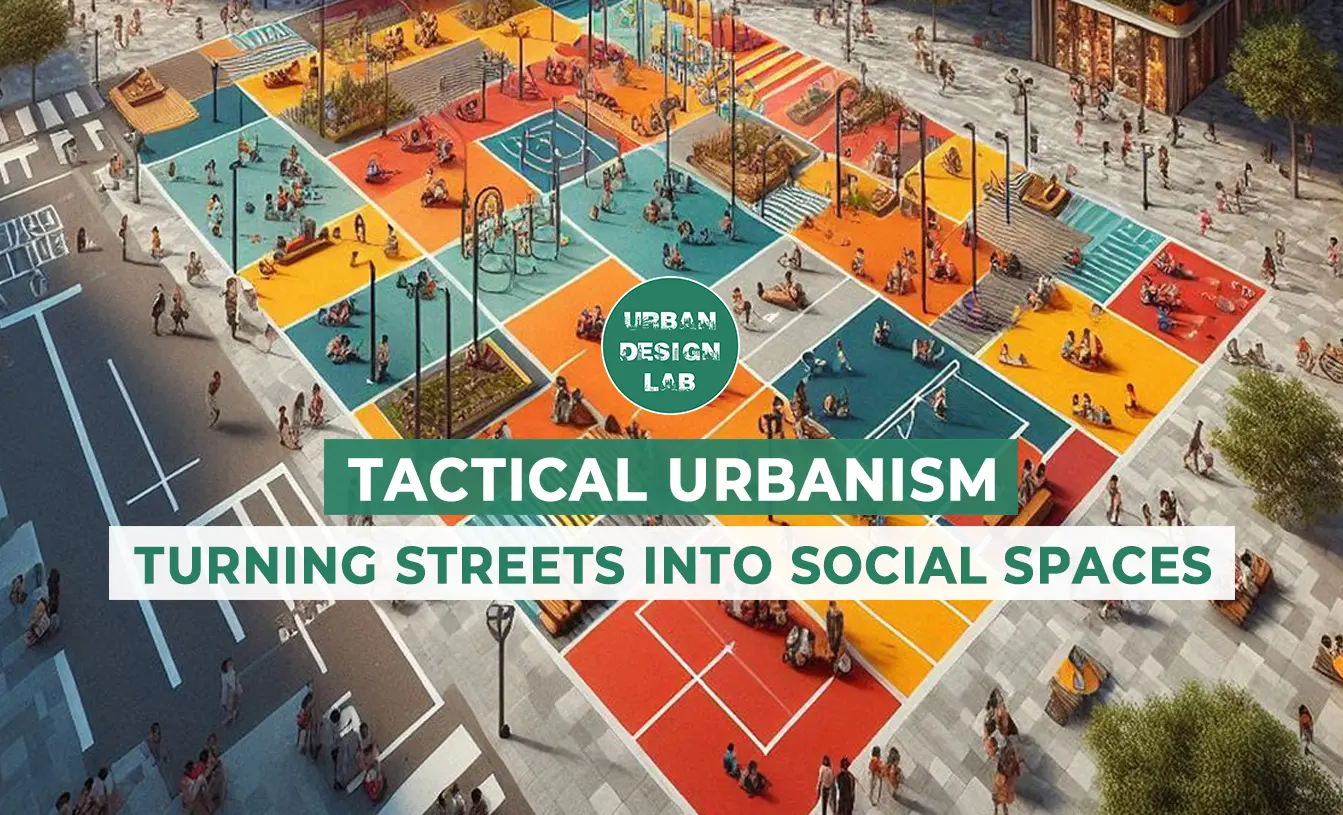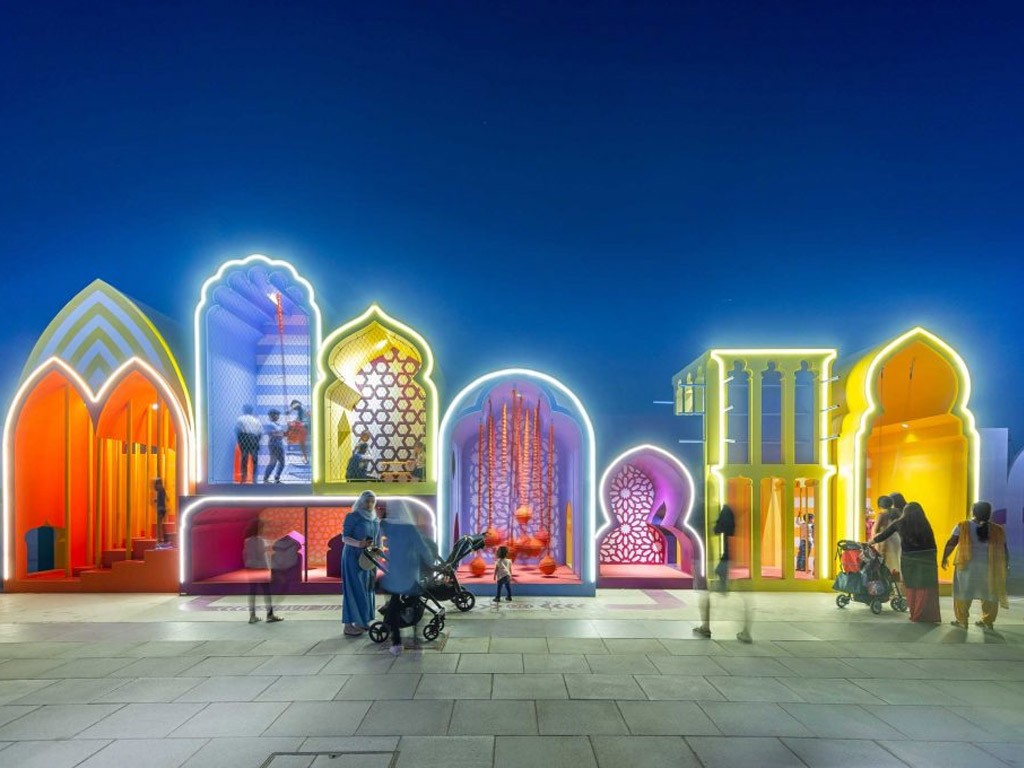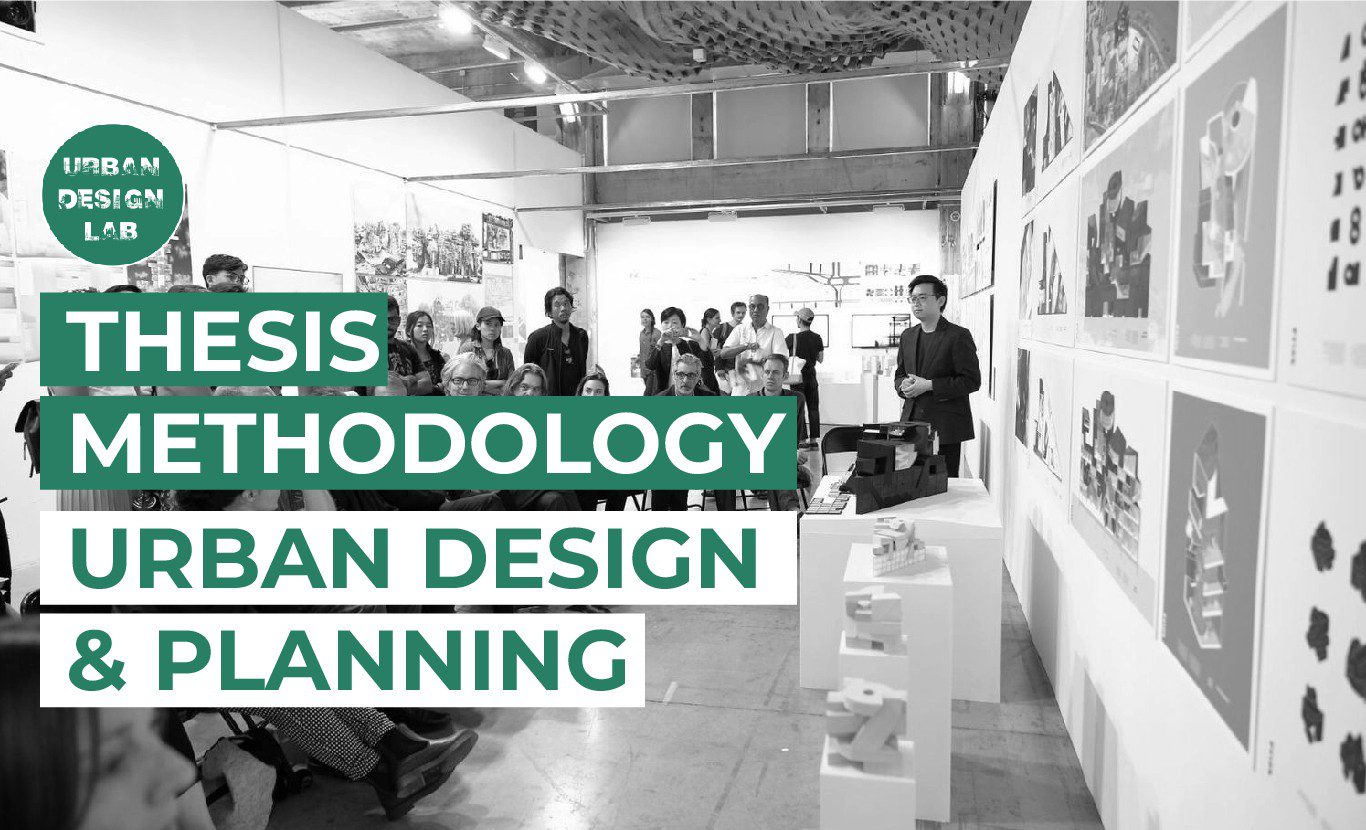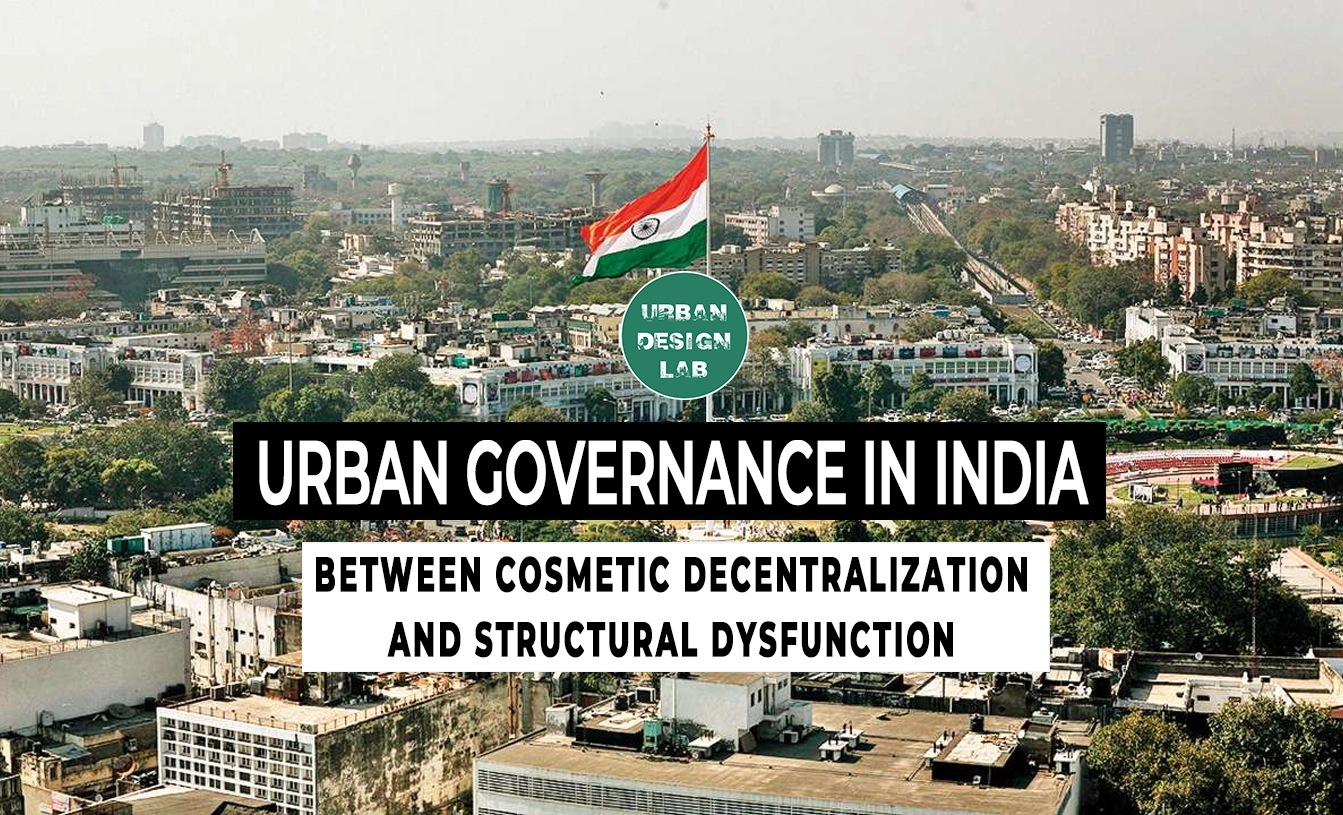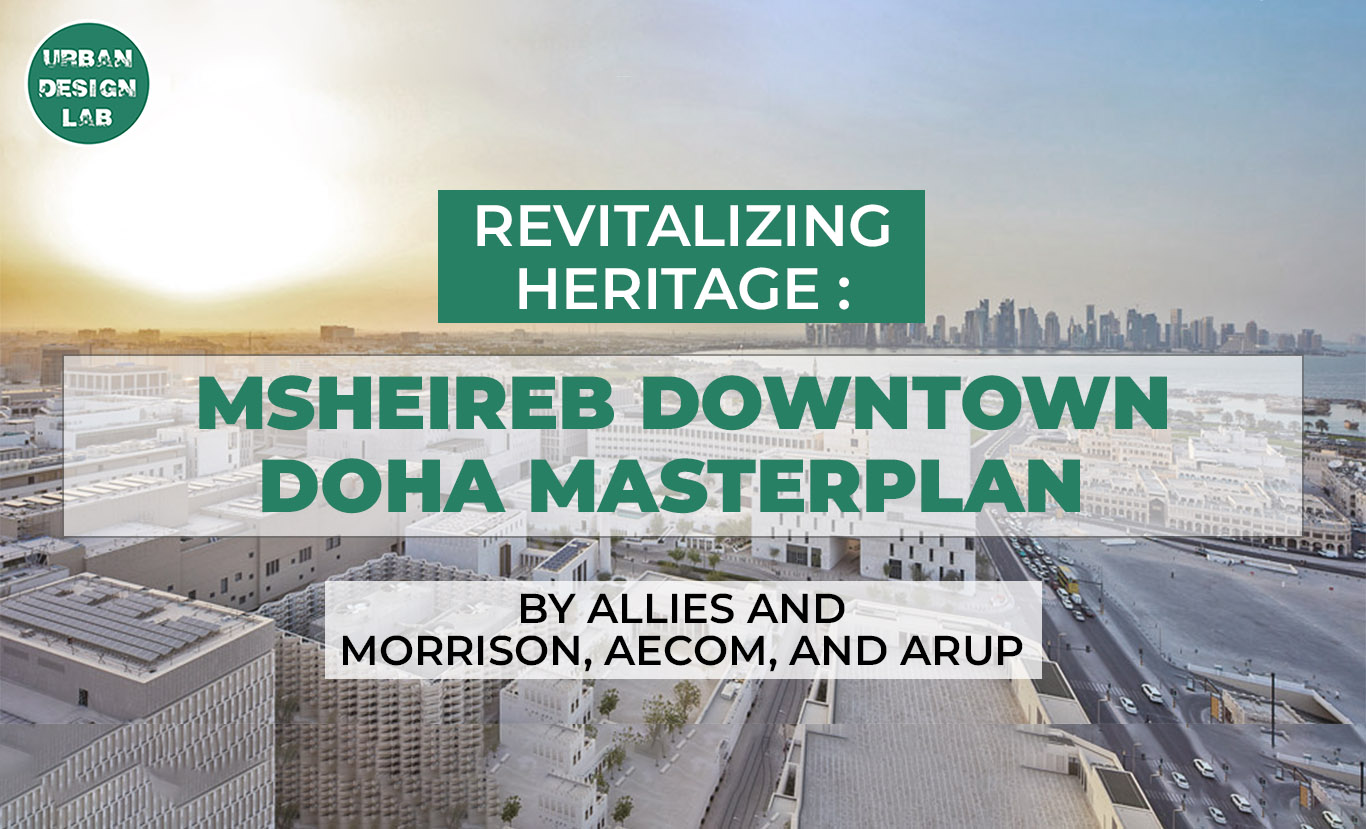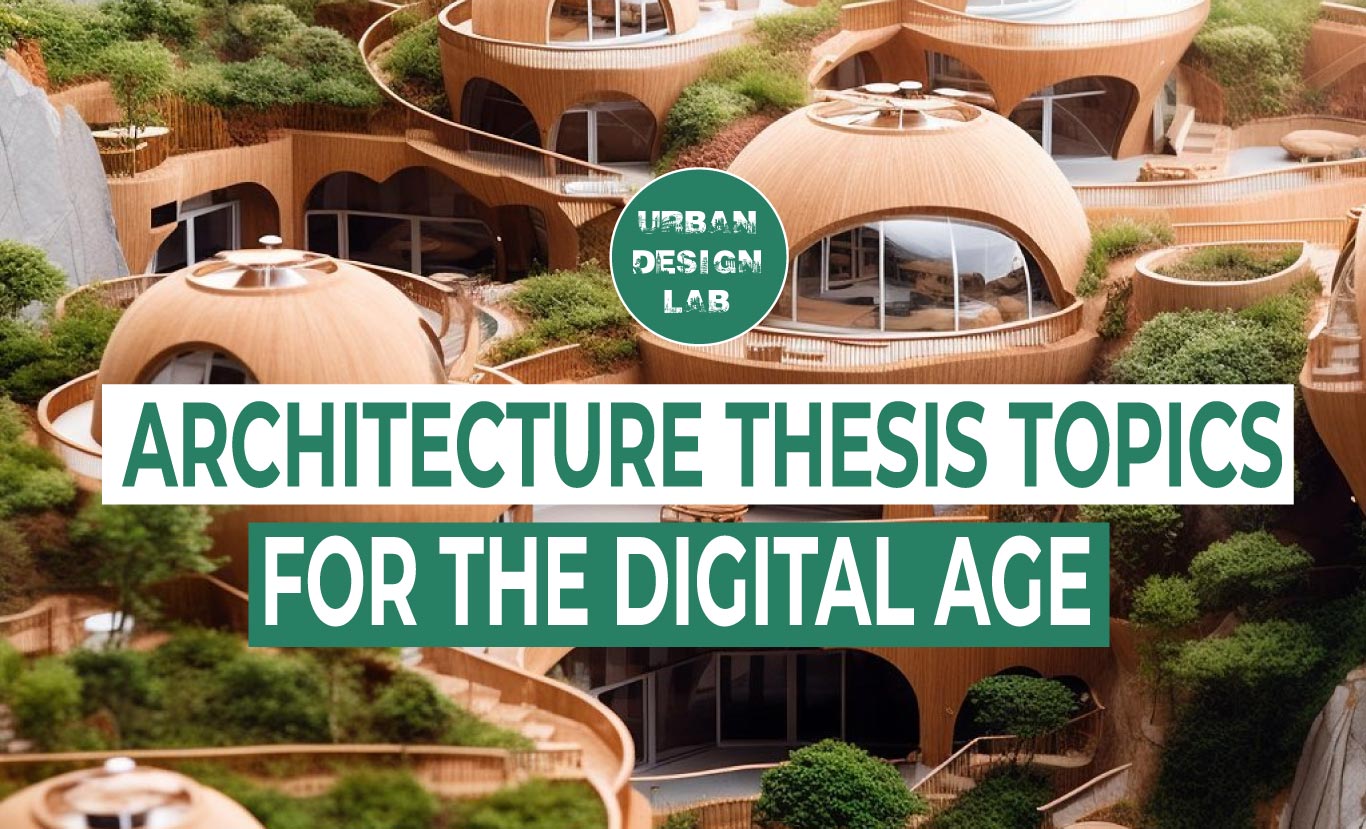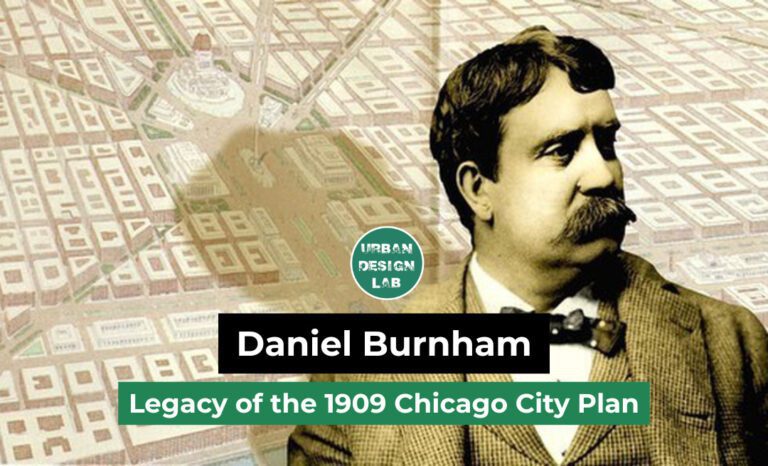
Le Corbusier: Modernist Visionary & Urban Planning Pioneer
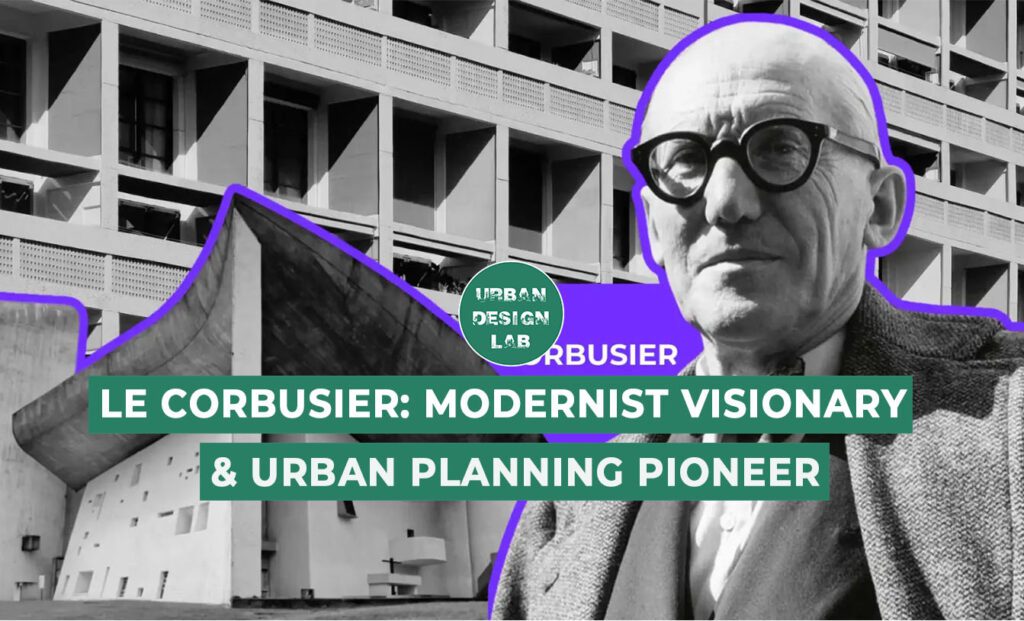
Le Corbusier (1887-1965) was one of the most seminal figures not only in architecture but also in the urban thinking of the entire 20th century. He was the most outspoken advocate of modernism not only as an architectural style but as a totally new and radical way of understanding the whole urban system. His work from the precise and pure geometry of the Villa Savoye to the very ambitious masterplan of Chandigarh keeps on evoking the contest of opinions and the global designers’ admiration furthermore. His heritage with the passage of time keeps getting more complex—both creative and controversial—giving us free glimpses of the opportunities as well as the dangers of extensive modernist planning.
Introduction
Le Corbusier came up with his concepts during the period when urban areas were suffering from too many inhabitants, contamination, and lack of organization. He asserted that building and designing should be the means of providing the characteristics that modern life requires—the four qualities of order, efficiency, cleanliness, and easy access to the nature.
His “Radiant City” plan envisaged skyscrapers surrounded by parks, efficient vehicular networks, and dividing by using only the areas designated for a particular function. However, these concepts which were faulted for being too strict and authoritarian, were groundbreaking in picturing the future metropolitan as living machines.Moreover, he did not only use concrete with metal reinforcements for the support of the building but also as a new era symbol—he called it the material of the future.
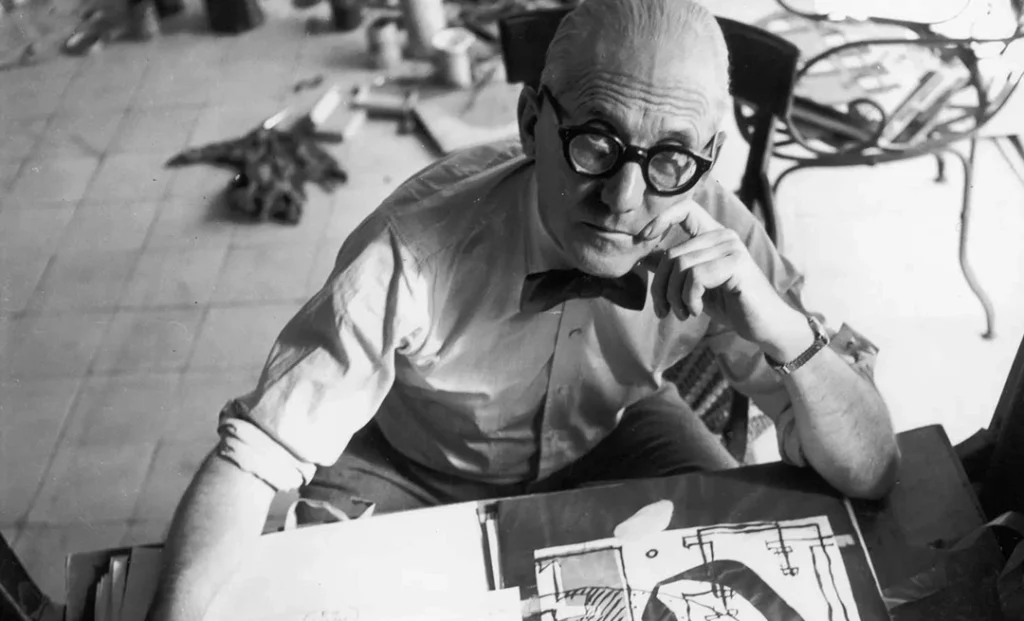
Architecture as a Social Tool
For Le Corbusier, architecture was not merely about aesthetics—it was a deeply social and political endeavor. His Five Points of Architecture (pilotis, free plan, free façade, ribbon windows, and roof gardens) were his attempt to free up space and offer better living conditions. The Unité d’Habitation in Marseille, among others, was the embodiment of his idea of vertical city: a building acting as a community on its own. Although this concept was most times accused of being impersonal, it has had a significant impact on the development of post-war housing internationally. Le Corbusier’s architecture was a sort of manifesto that he made through the aesthetics, the layout, and the structural and logical aspects of his works.
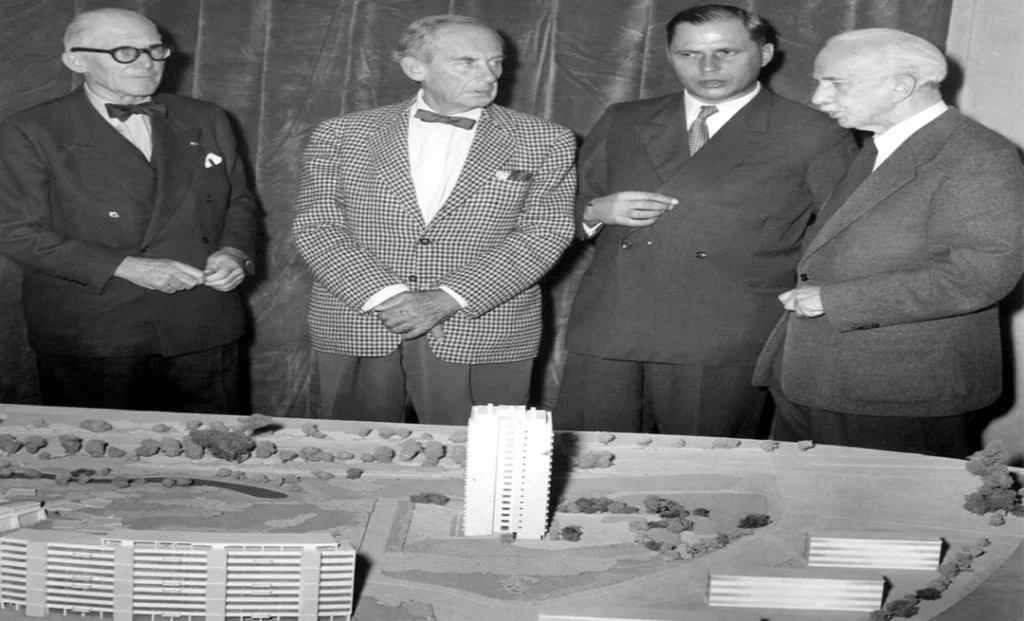
Source: Website Link
His Most Iconic Works
Le Corbusier changed the course of modern architecture with a series of projects that will always be remembered. Villa Savoye (1929) in France presents his Five Points in the most perfect way with pilotis, open floor plan, and continuity of space. The Unité d’Habitation (1952) in Marseille not only gave rise to a new model of high-density mixed-use living but also redefined the relationship between the inhabitants and the city—the concept of an urban village was born. With Chandigarh, India, he took his big urban idea and turned it into a reality on a whole different level. One more extraordinary work is Notre Dame du Haut in Ronchamp (1955), which, unlike most of his previous, gives the viewer a sense of awe and wonder through its unique and beautiful design. These various undertakings reveal his spectrum from logical planning to lyrical form and keep him at the forefront of 20th-century design as an influential and remarkable figure.
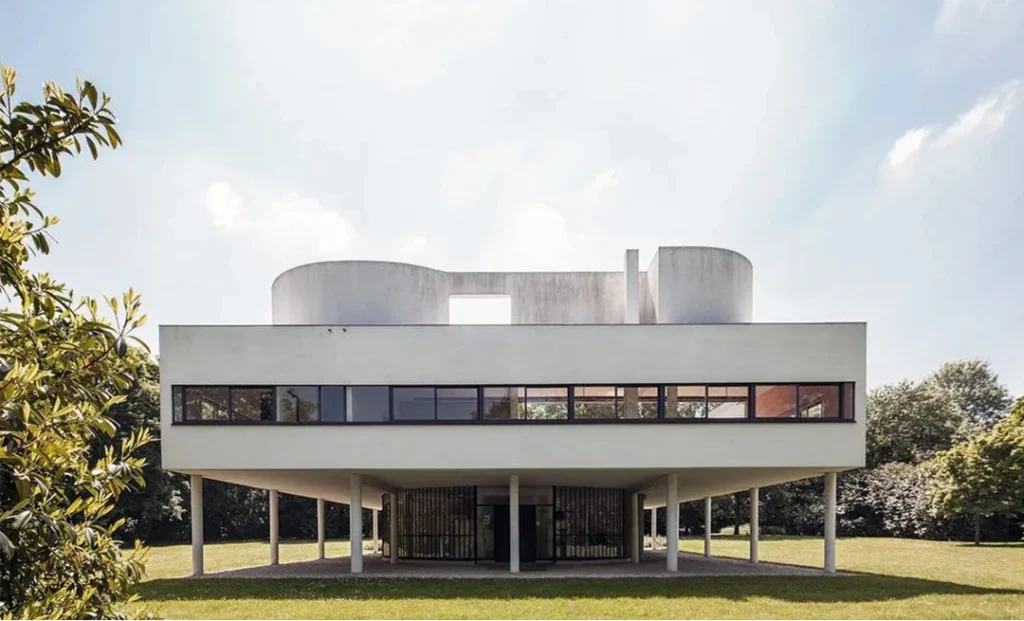
Chandigarh: Planning a New Nation
One of the biggest contributions of Le Corbusier to the city was his design of Chandigarh, the new capital of Punjab, India, after Partition. With this work, he was able to extend his ideas practically for a very big area. The design of Chandigarh consisted of a grid and each sector was like a separate village with enough trees and the use of impressive and distant civic architecture. The plan was recognized for its distinctness and foresight, but at the same time, it also revealed friction between the components of the universal modernist idea and local culture, climate, and social habits. Chandigarh thus turned into an experimental showcase of the modernist plan—and its debates.
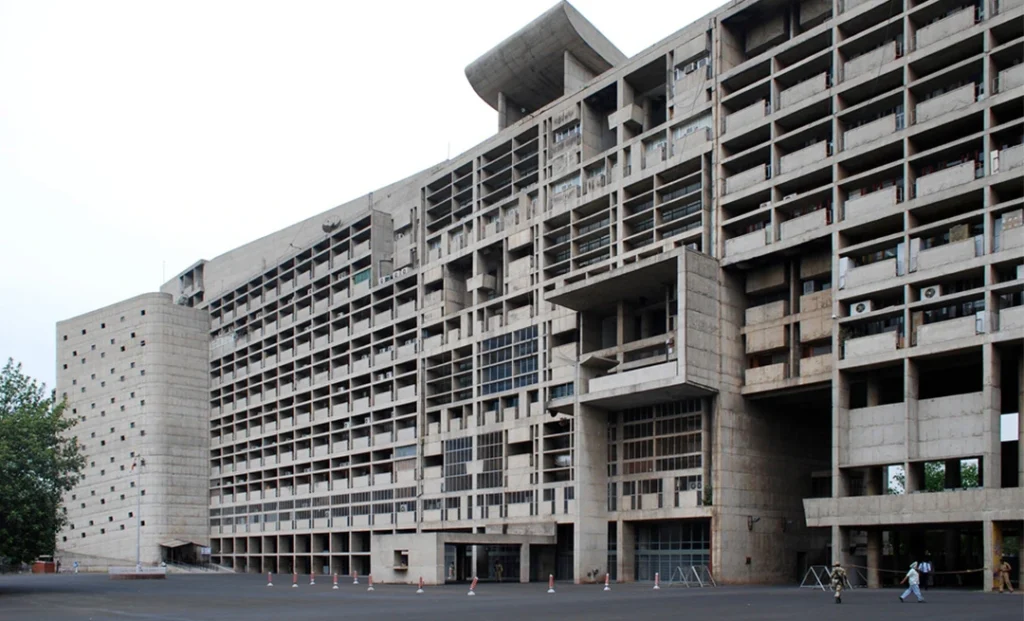
Lessons & Legacy
Le Corbusier’s work is a lesson from the history to both the power and the risk of visionary thinking. His focus on transparency, organization, and usability contributed to the development of the contemporary urban space, yet also brought forth faceless megastructures and car-dominated surroundings. At present, his heritage is going through a scrutiny: what are the ways to combine daring layout with human dimensions? What are the means of transforming his concepts into climate, culture, and community? Today, his voice still echoes—less authoritative, more reflective—urging us to think critically and boldly about the future of our cities.
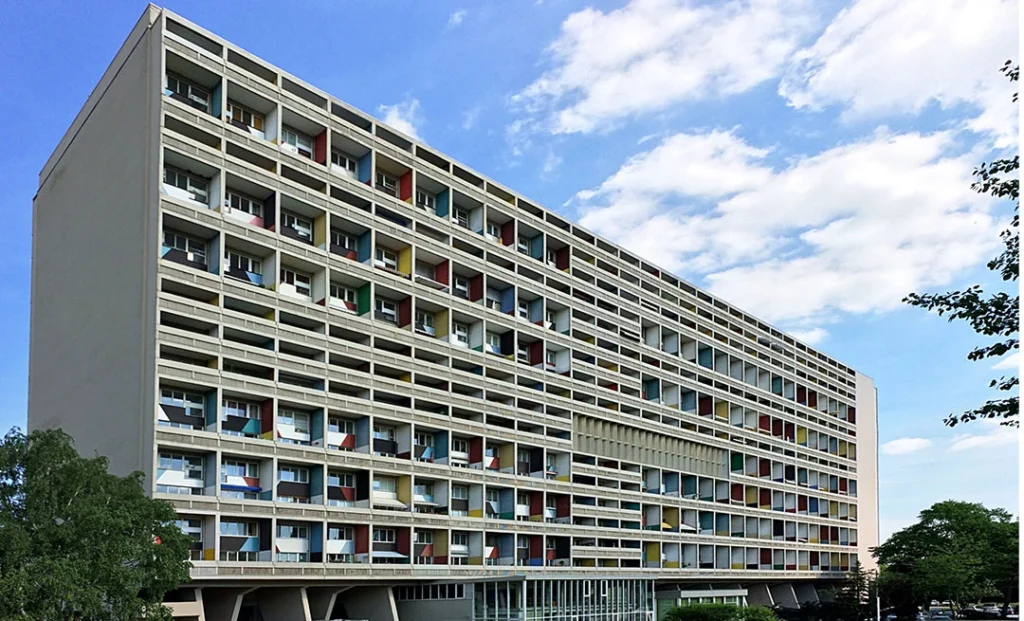
Conclusion
Le Corbusier’s vision was as radical as it was contentious. He envisioned the city as a system—orderly, efficient, and focused on enhancing everyday life. Although most of his fixes, such as zoning and megastructures, came under fire over time, his core questions continue to resonate today: What is a good city? For whom should it be built? And how can design enhance human experience? As we face global warming, inequality, and urban sprawl, Le Corbusier’s legacy reminds us of the strength of bold thinking. His vision may not provide easy solutions, but it is a challenging point of departure for crafting more sustainable, equitable cities.
References
- Curtis, William J. R. Le Corbusier: Ideas and Forms. Phaidon Press, 1986.
- Le Corbusier. The Radiant City (La Ville Radieuse). Faber & Faber, 1964.
- Benton, Tim. The Villas of Le Corbusier 1920–1930. Yale University Press, 1987.
- Parametric Architecture. “Le Corbusier’s Architectural Philosophy: Form, Function & Modernism.” Parametric Architecture, 2025.
🔗 https://parametric-architecture.com/le-corbusier-form-function-and-modernism-in-architecture/ - Fondation Le Corbusier. “Official Archive and Projects.”
🔗 https://www.fondationlecorbusier.fr - UNESCO World Heritage Centre. “Architectural Work of Le Corbusier, an Outstanding Contribution to the Modern Movement.”
🔗 https://whc.unesco.org/en/list/1321 - Domus Magazine. “Le Corbusier Archive.”
🔗 https://www.domusweb.it/en/search.html?search=le+corbusier - Museum of Modern Art (MoMA). “Le Corbusier: An Atlas of Modern Landscapes.”
🔗 https://www.moma.org/calendar/exhibitions/1321

Malak Mohamed Ahmed
About the Author
Malak Mohamed is an architecture student at Helwan University. She is passionate about exploring the intersection of design and community, and how architecture can become more human-centered, inclusive, and sustainable. Her work and writing focus on spatial justice, community empowerment, and reactivating urban spaces through people-driven solutions.
Related articles
UDL Illustrator
Masterclass
Visualizing Urban and Architecture Diagrams
Session Dates
23rd-24th August 2025

Free E-Book
From thesis to Portfolio
A Guide to Convert Academic Work into a Professional Portfolio”
Recent Posts
- Article Posted:
- Article Posted:
- Article Posted:
- Article Posted:
- Article Posted:
- Article Posted:
- Article Posted:
- Article Posted:
- Article Posted:
- Article Posted:
- Article Posted:
- Article Posted:
Sign up for our Newsletter
“Let’s explore the new avenues of Urban environment together “

